This brief required the creation of 100 unique book covers, each adhering to specific guidelines, such as incorporating circles, utilizing grids, adhering to precise page dimensions, and using sans-serif fonts. Initially, I found the task challenging, however, through a process of trial and error, I refined my approach and successfully designed a collection of distinctive and visually compelling book covers. This iterative process not only helped me overcome the initial difficulties but also allowed me to experiment with new techniques and design principles, resulting in covers that were both unique and aligned with the brief's requirements.
*Update- I finally managed to do this work correctly, and feel really pleased with it! Here's some of the results.









I couldn't figure out how to use processing (my codes weren't working). however, I tried some other technologies and thoroughly enjoyed the process. The first technology I tried was editor p5.JS. I generated a code using chatgpt. Initially, the circles were all black so I refined the code to make sure the circles had different colours. This is not perfect and I will continue to refine in the future, but here's what it came up with.
Here's an example of a code I used:
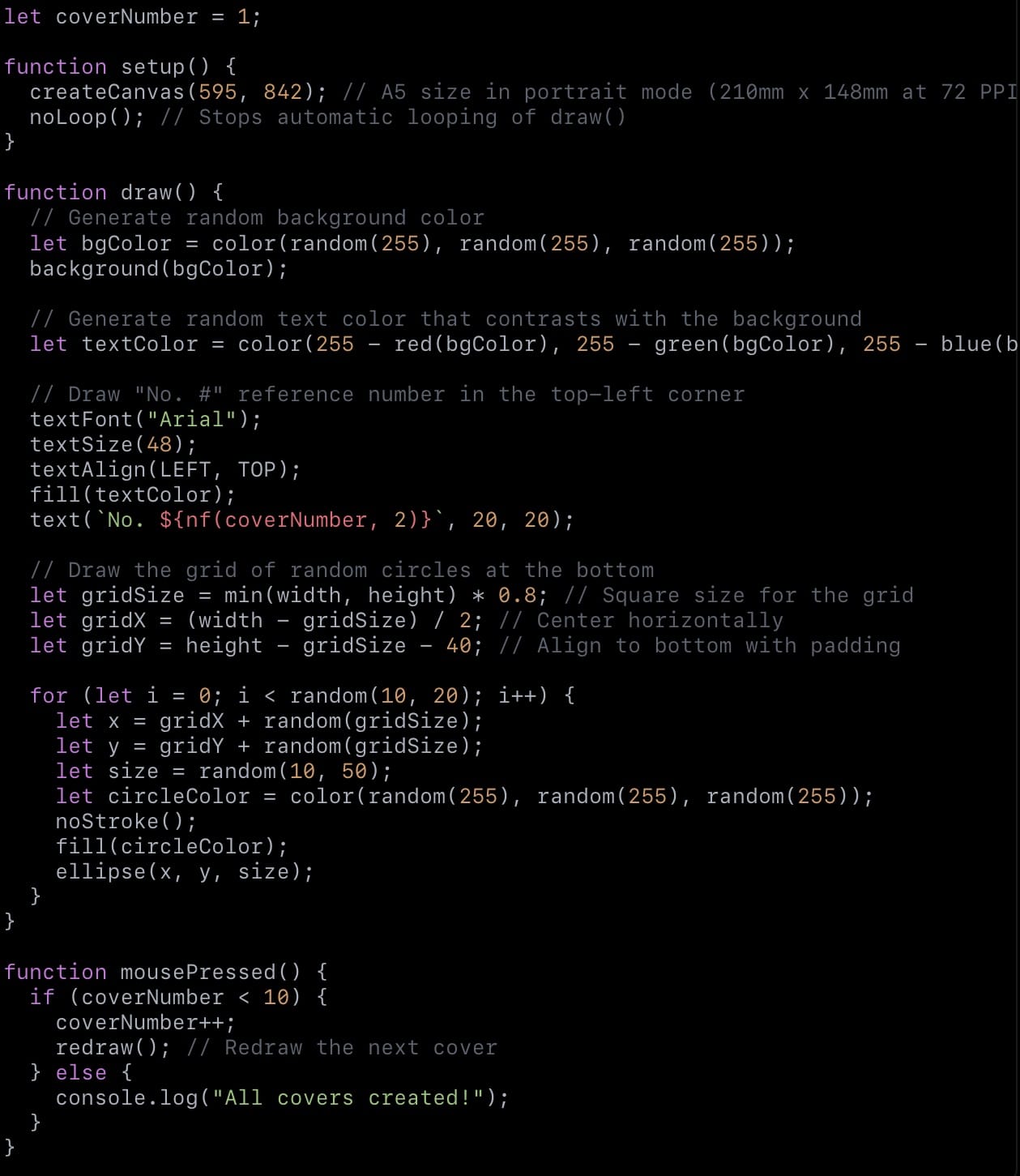
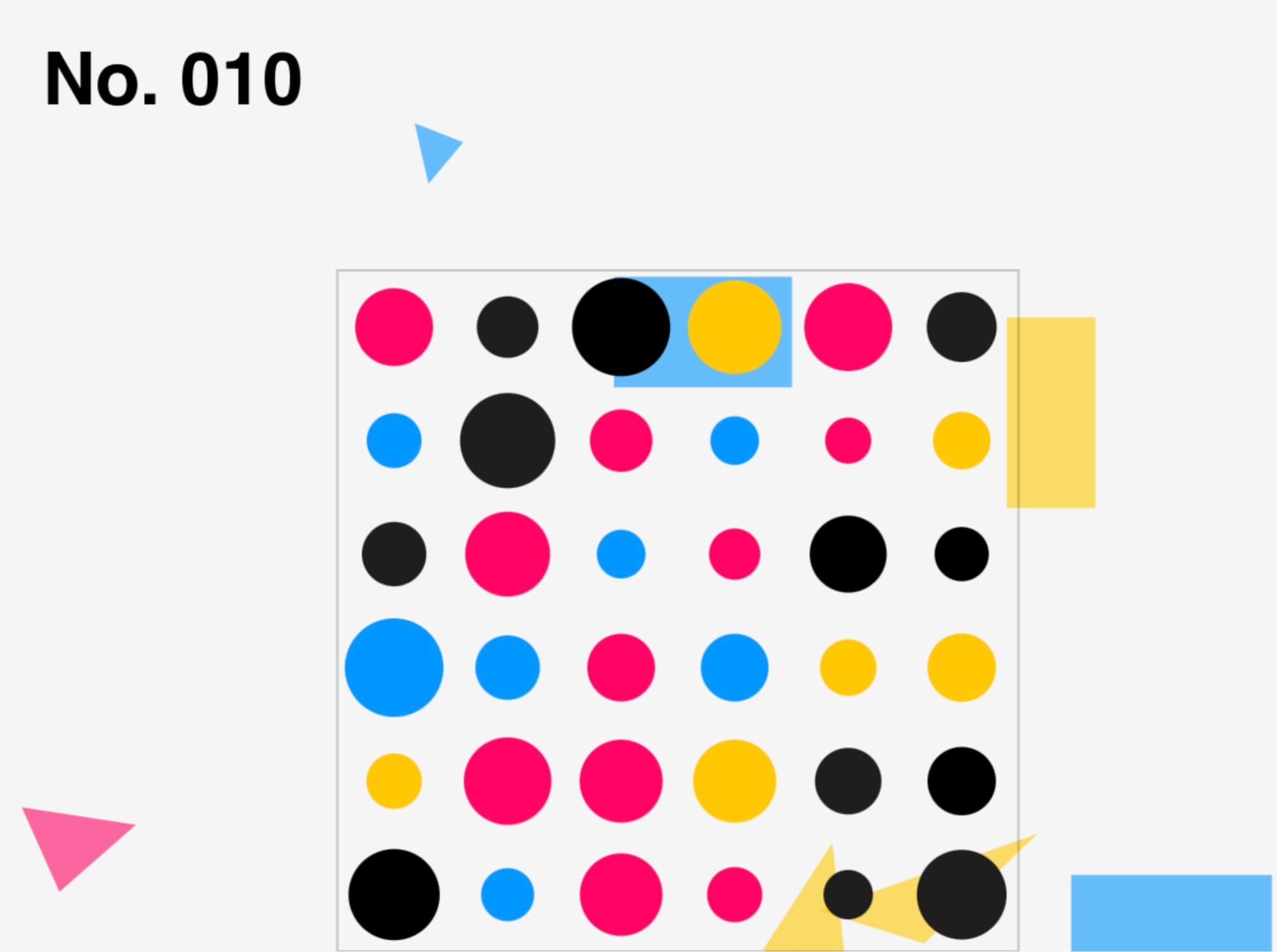
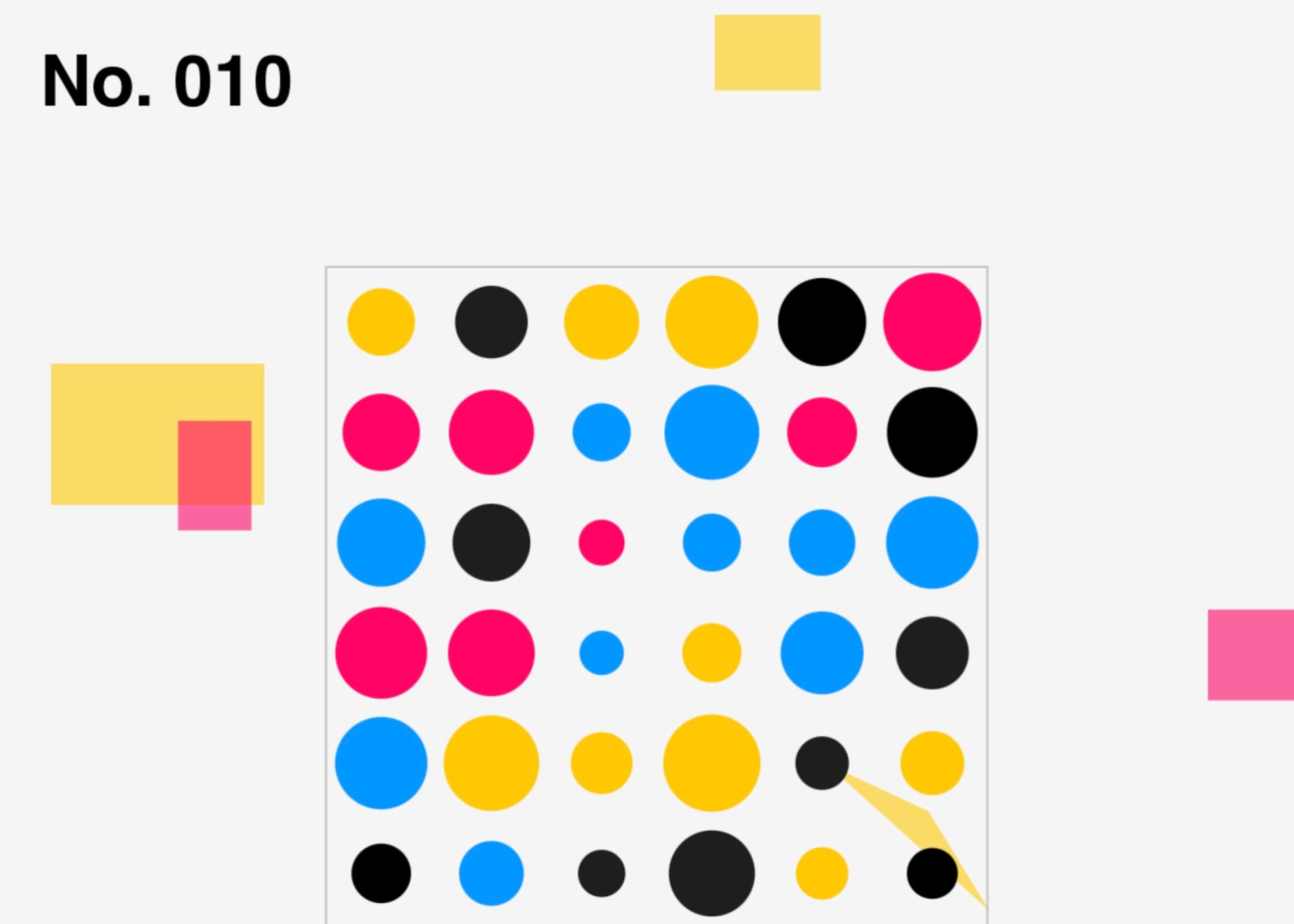
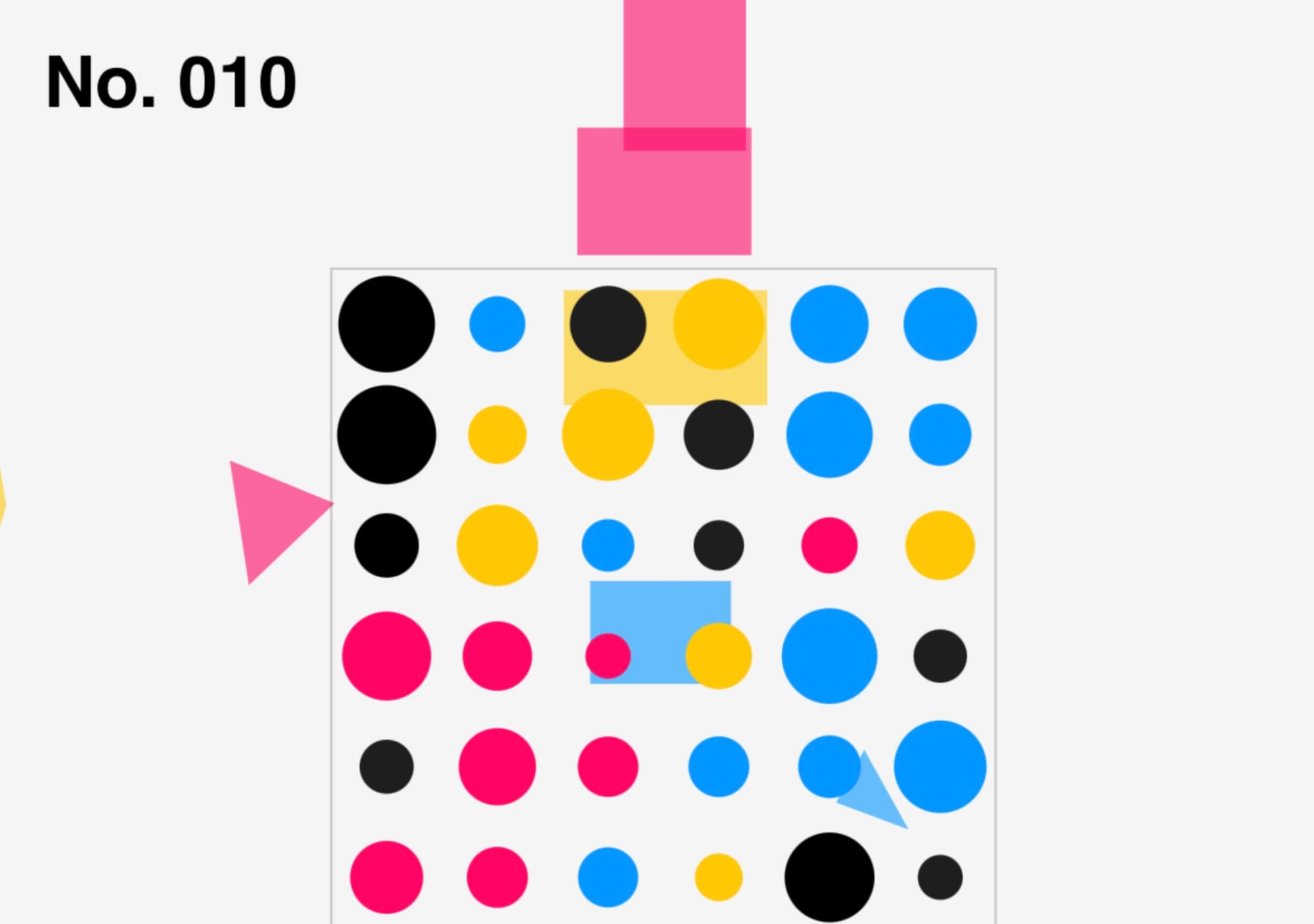
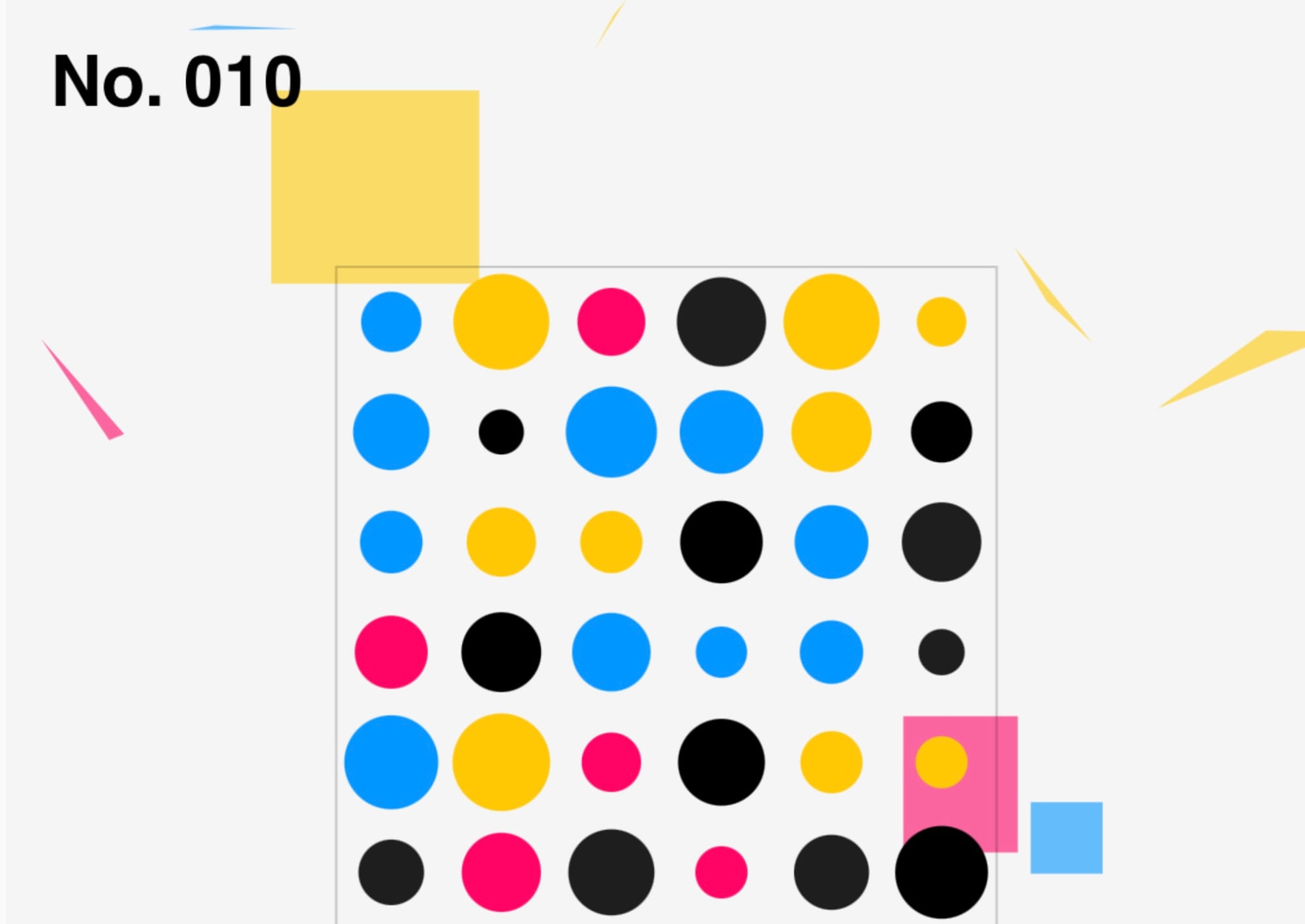
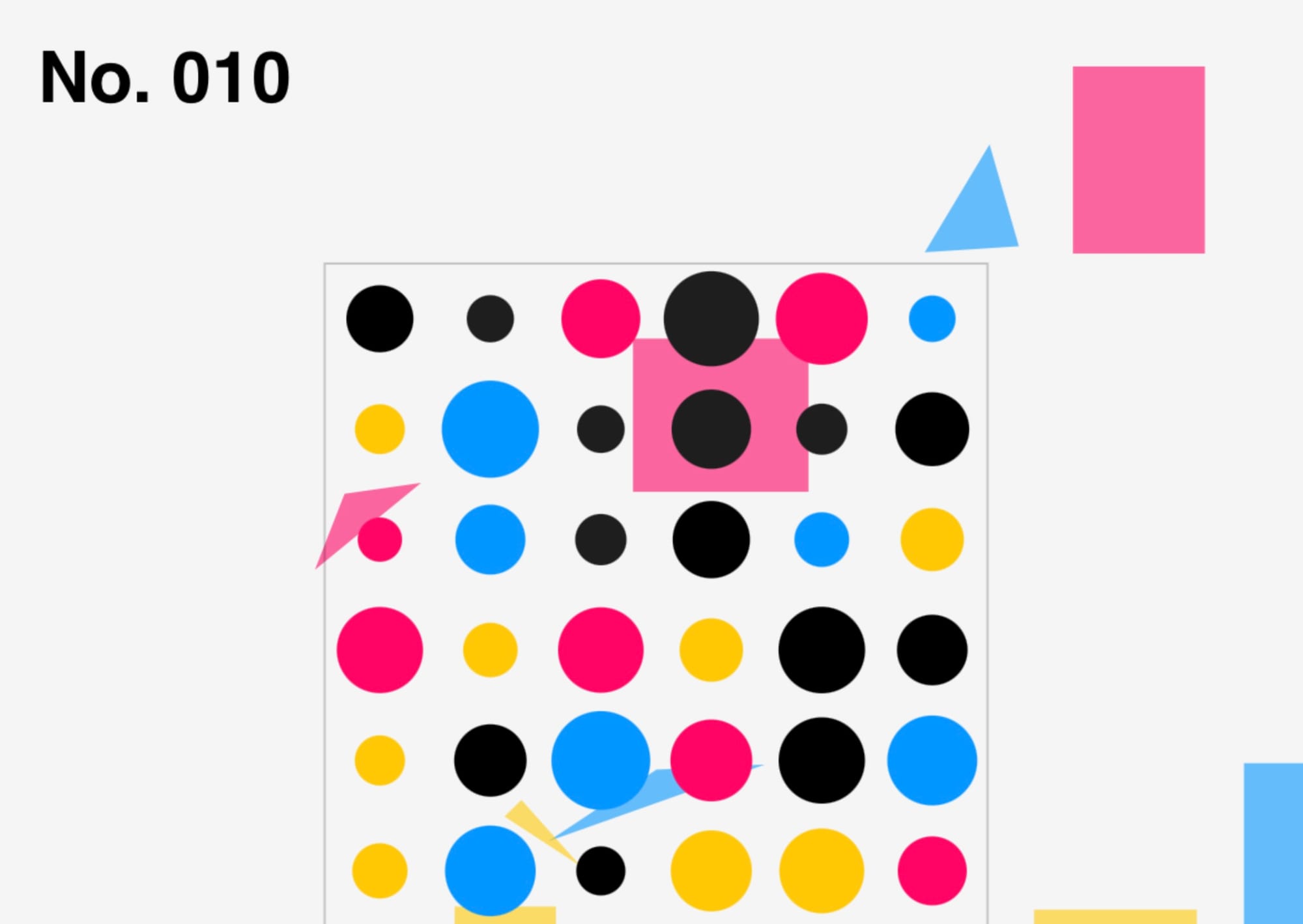
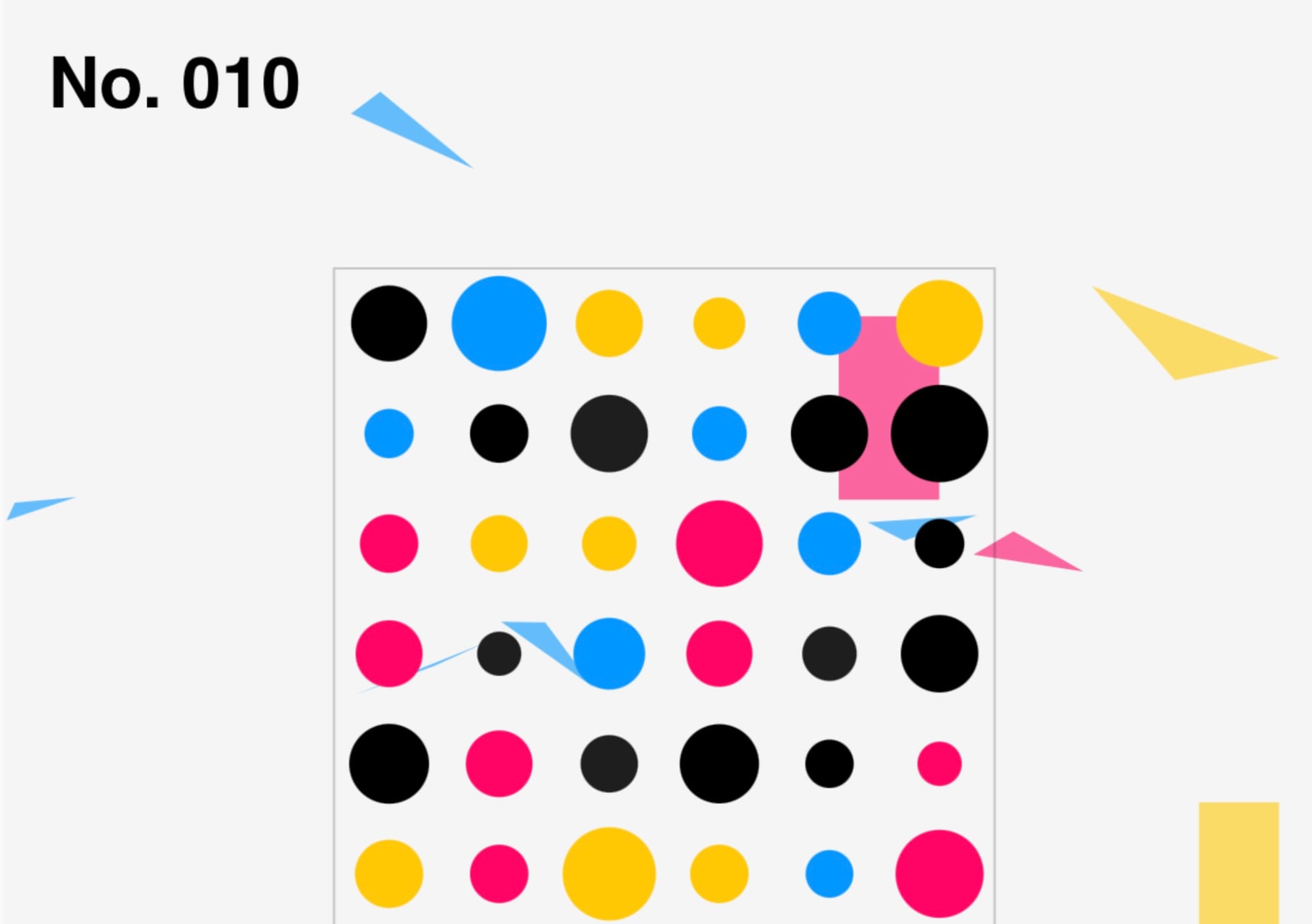
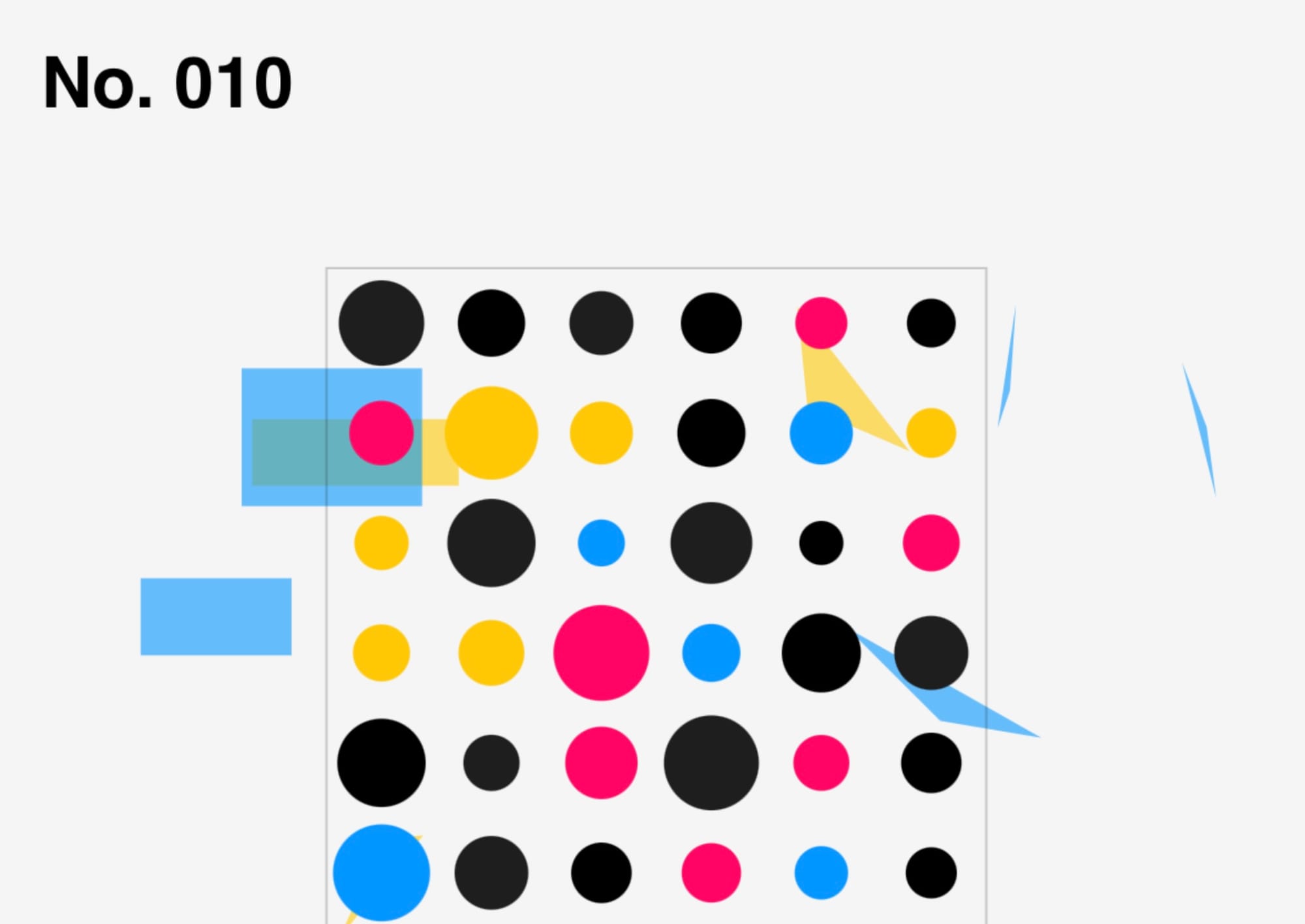
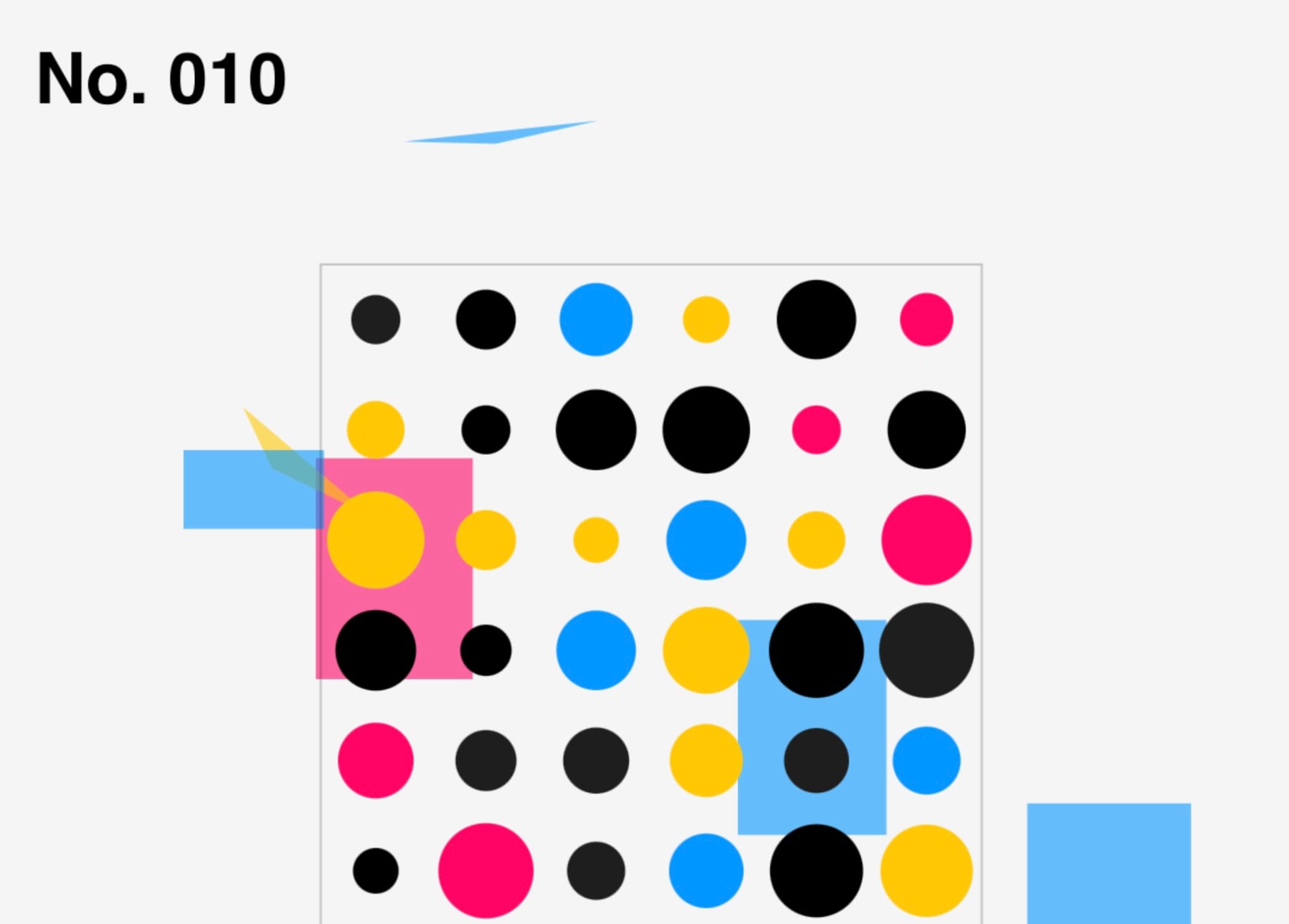
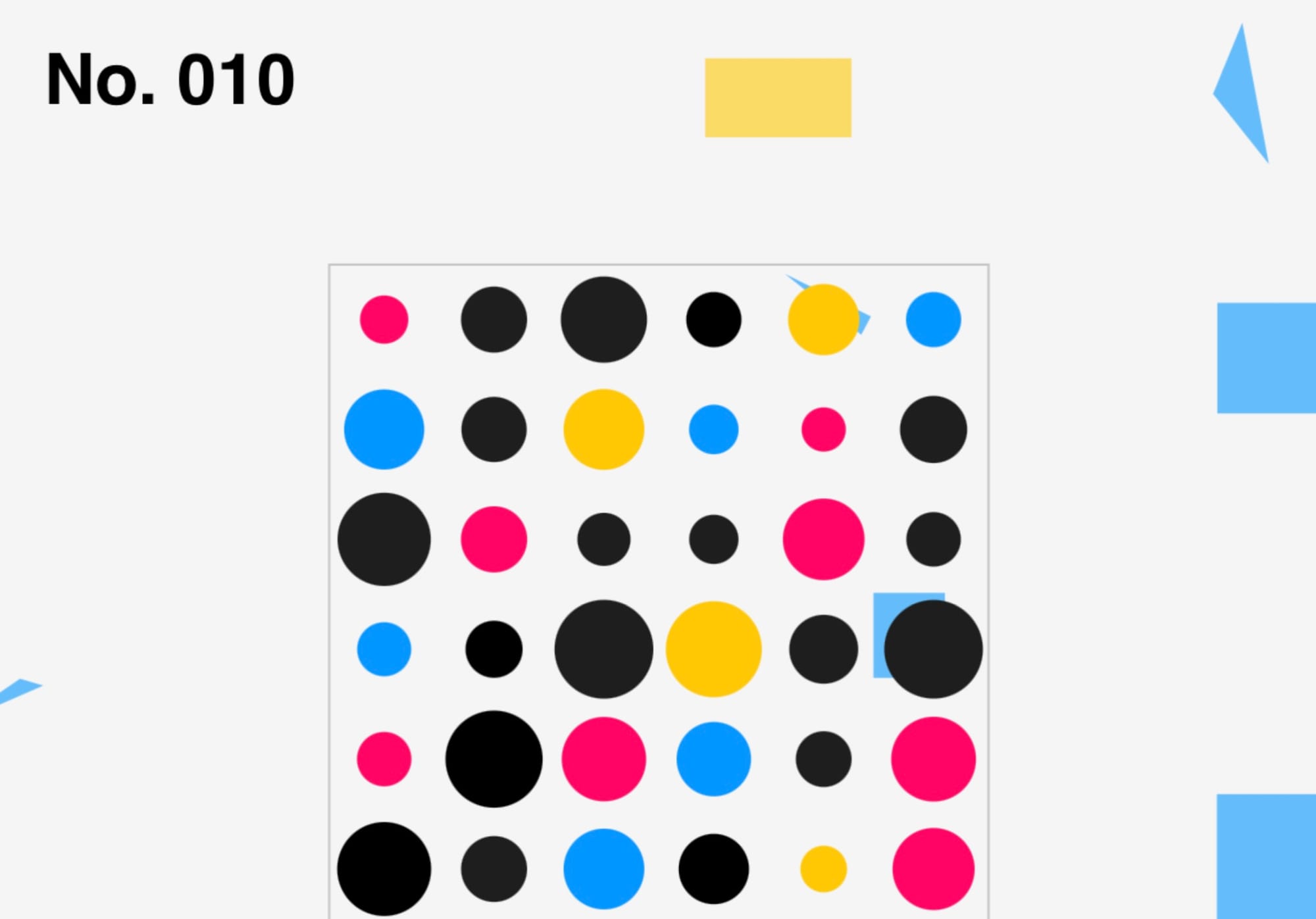
Another technology I used to generate book covers is DALL-E. Although the quality is definitely not as good, it did come up with some interesting ideas.

The final method I used was just writing an instruction into chat got ad seeing what it came up with. I didn't write every rule, so it doesn't exactly follow the brief, but the designs it came up with were lovely.
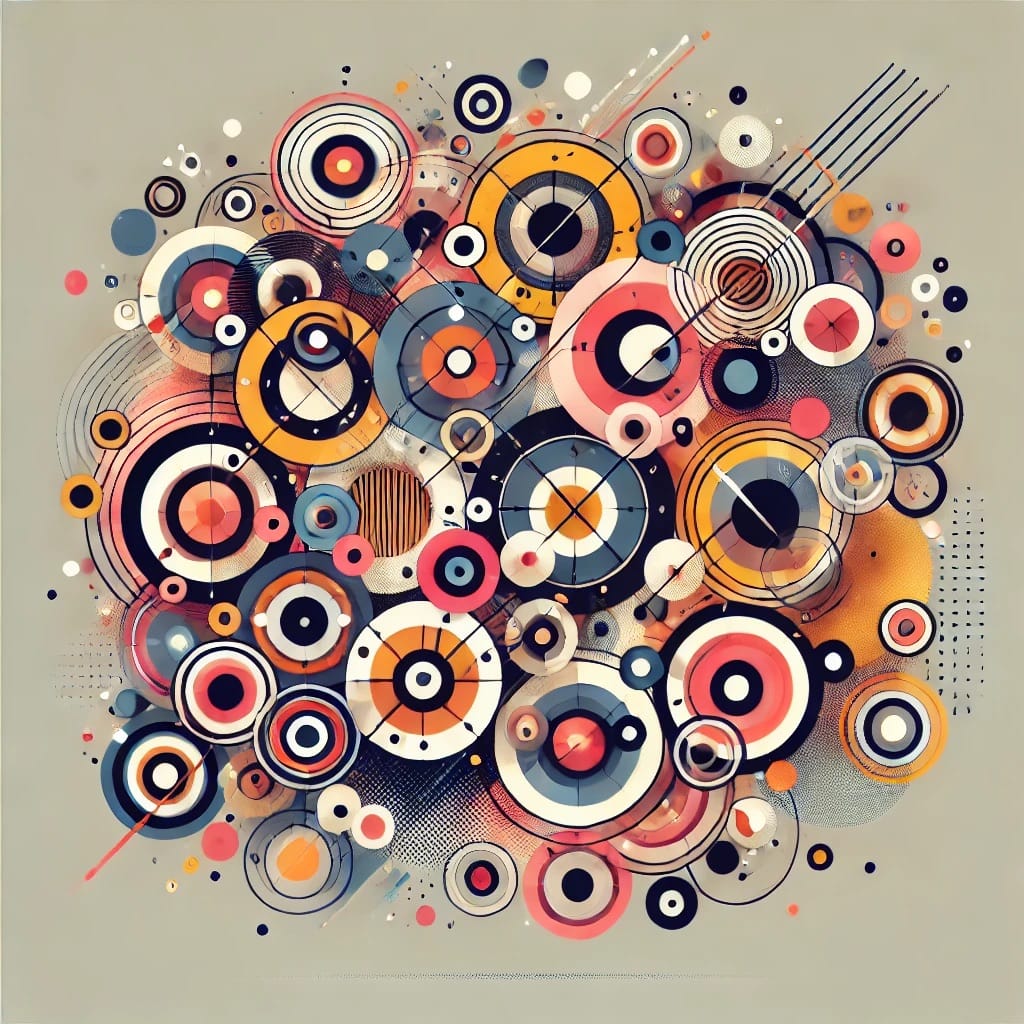
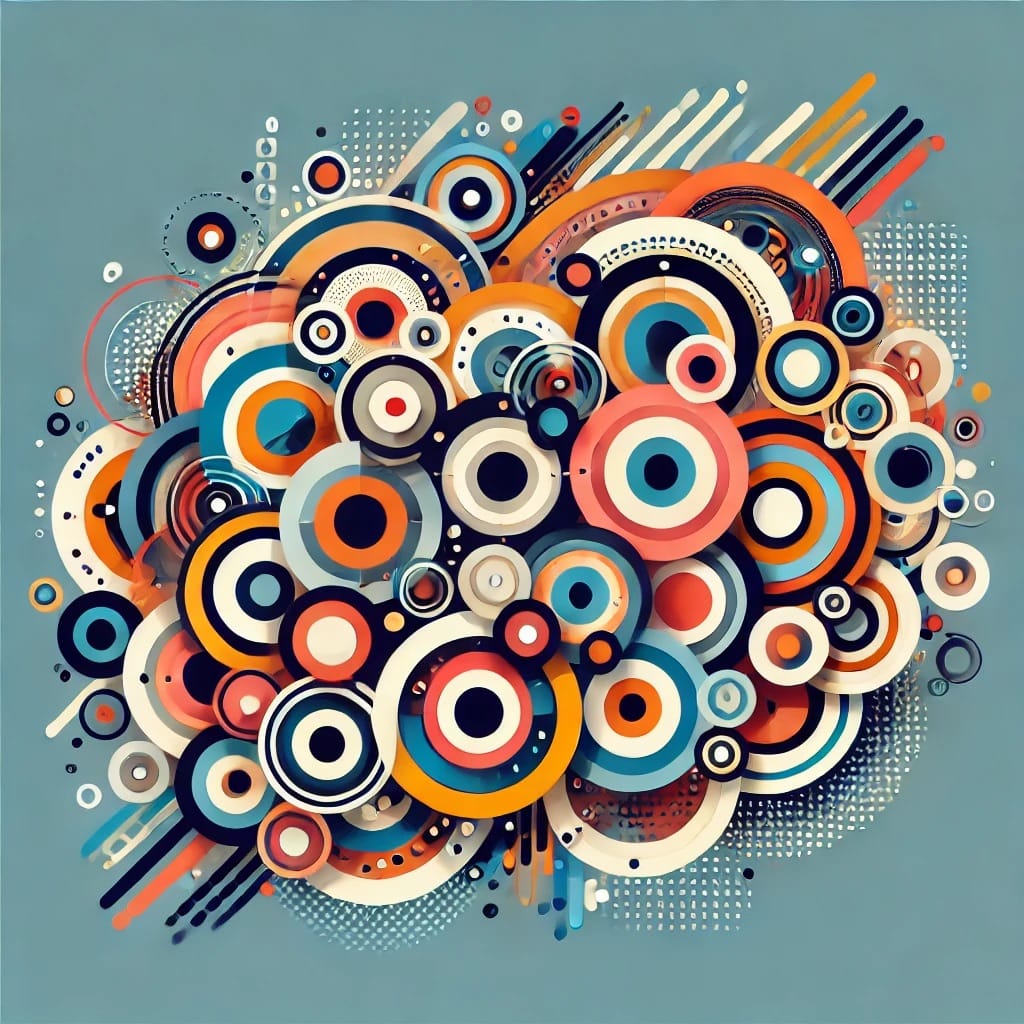
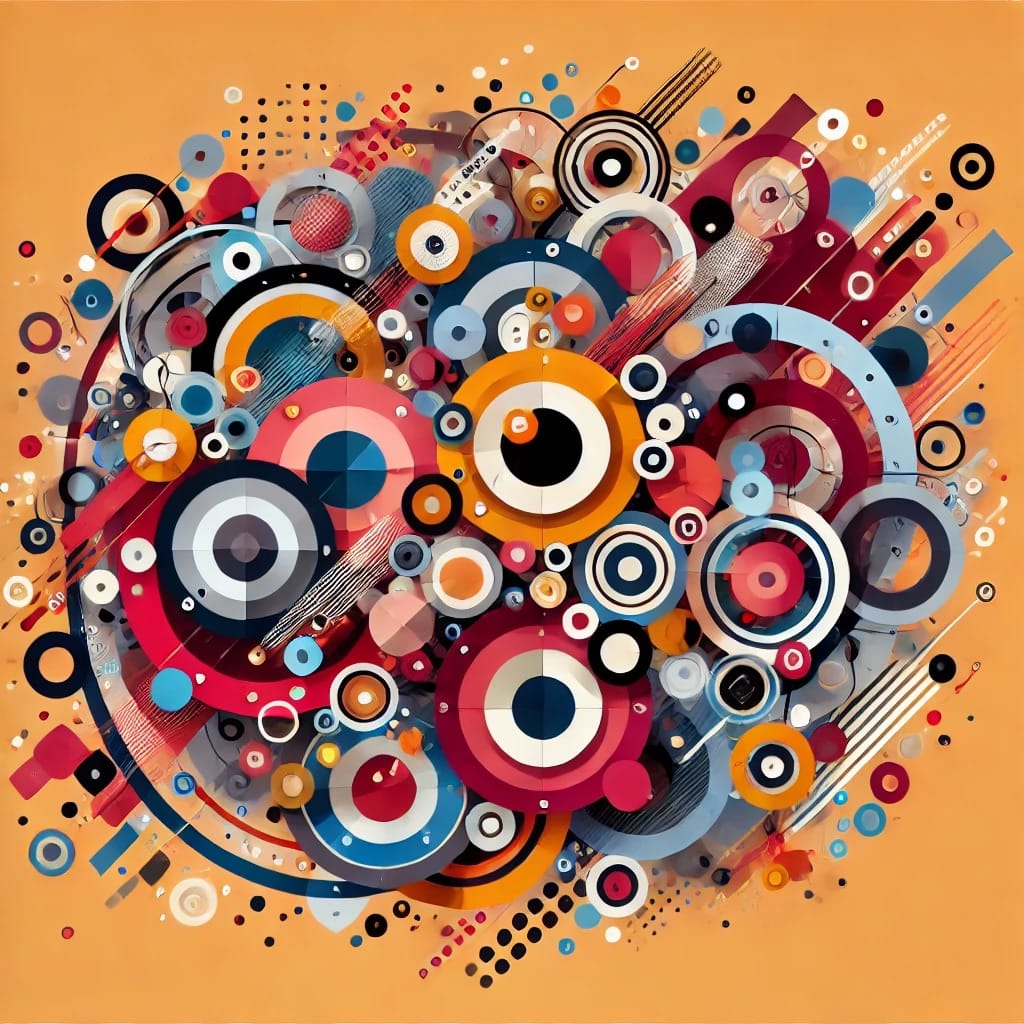
Overall, I thoroughly enjoyed working on this brief, as it was both an insightful and rewarding experience. I gained a deeper understanding of coding and its specific nuances, which has broadened my perspective on the subject. The two "Laws of Simplicity" I focused on—learn and trust—played a significant role in shaping my approach throughout this project.
I’ve come to realize that coding doesn’t have to be intimidating or overly complex. Although I’m not entirely confident in my ability to write codes from scratch, I’ve discovered that AI tools can be an incredible support system for generating and refining code. This realization has made coding feel much more accessible and less daunting.




